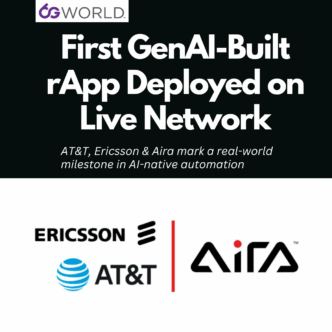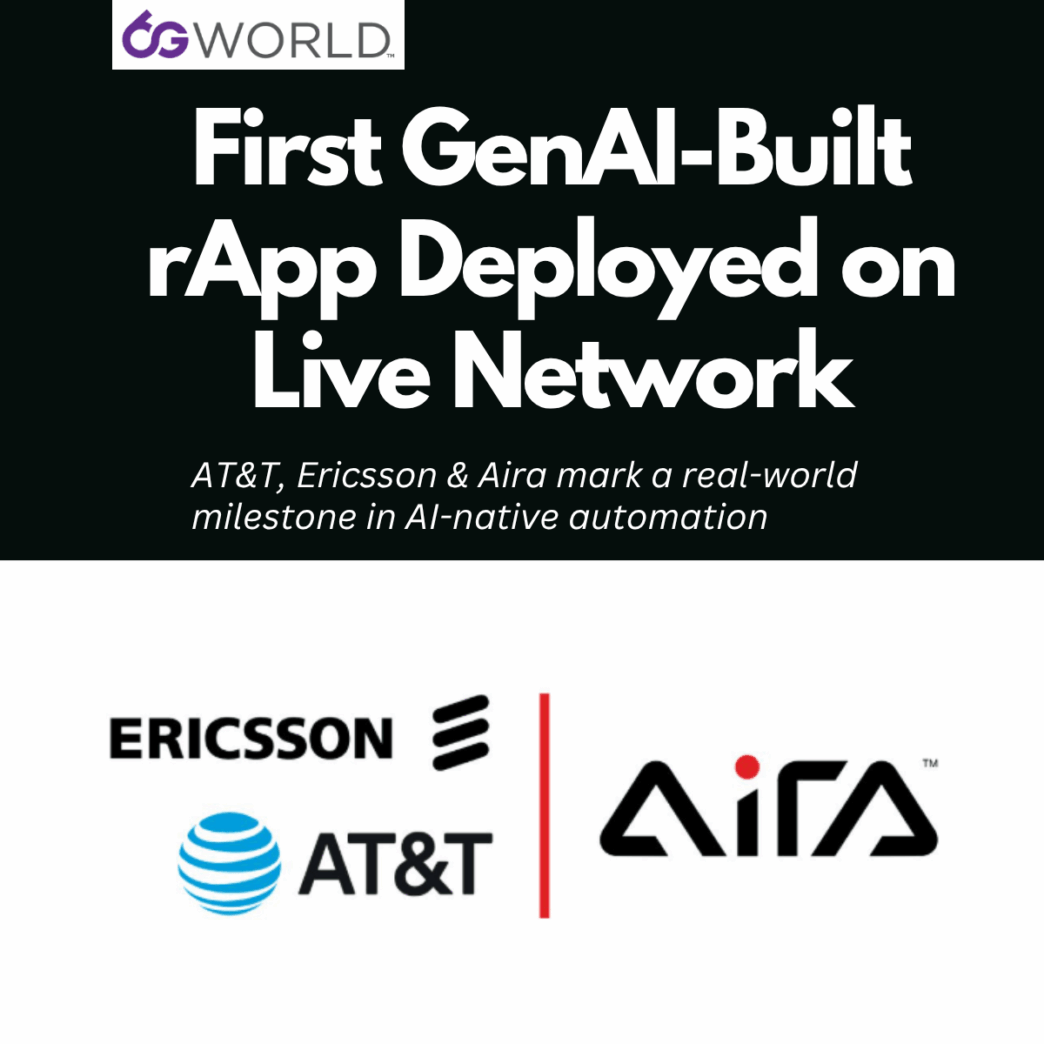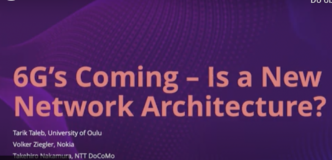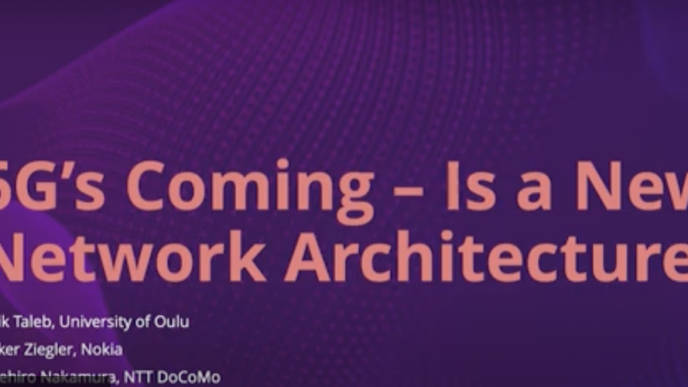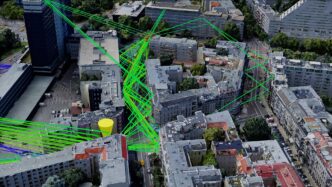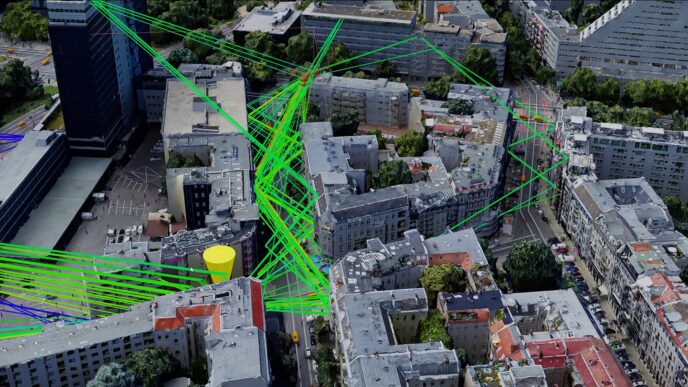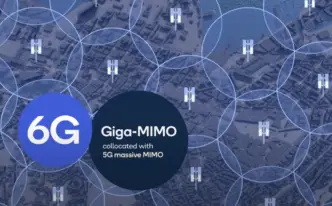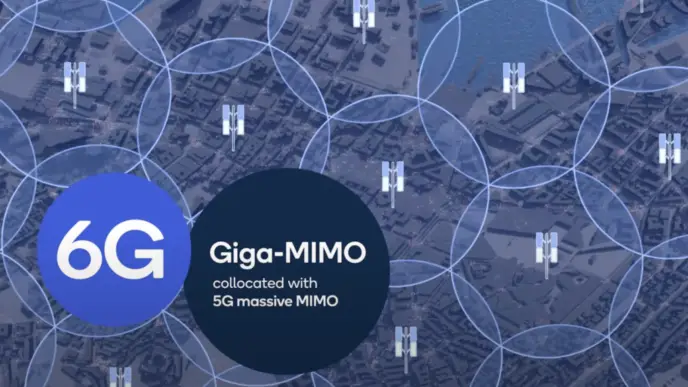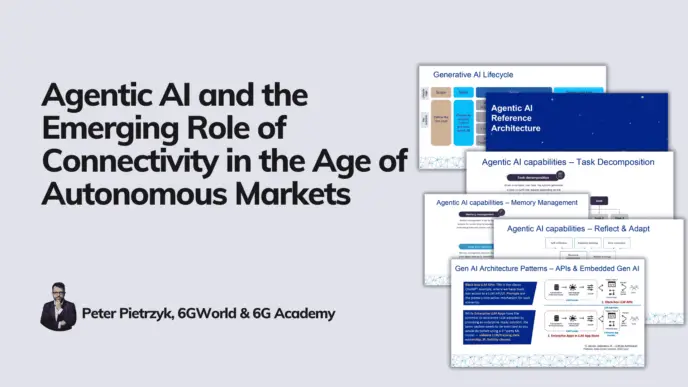Aira Technologies has achieved a telecom first: its GenAI-generated rApp—built via the Naavik AppGen engine—has gone live on AT&T’s test network, using Ericsson’s Intelligent Automation Platform (EIAP). This marks the first deployment of a GenAI-built rApp in an actual operator environment, shifting the narrative from proof-of-concept to production-ready execution.
What It Is & Why It’s Important
An rApp (Radio Access Network application) is software designed to manage or optimize radios via the O-RAN SMO (Service Management & Orchestration). Aira’s Naavik AppGen translates high-level operator intent directly into SMO-compatible rApp code—dramatically reducing development effort and cycle time.
Ecosystem Collaboration & Validation
- Built in a realistic testbed: Hosted in Ericsson’s Innovation Lab using EIAP configured to match AT&T’s live environment.
- Open RAN interfaces: Interfaces like O-RAN’s R1 and Data Management & Exposure (DME) were validated during deployment.
- Multi-vendor orchestration: The deployment underscores the value of open collaboration across programmable networks to enable AI-native operations.
Voices from the Field
Rob Soni, AT&T VP of RAN Technology, emphasized how this shifts innovation into real-world application:
“What’s exciting about this is how it utilizes GenAI to accelerate the progression of ideas on how to optimize or automate the network into real, production-ready applications that deliver real results. It shows the power of innovation, teamwork, and having a clear vision to drive progress that isn’t about science projects.”
Paul Challoner, Ericsson VP & CTO, added:
“This is exactly the type of development that shows the value of convening an open ecosystem to move the industry forward when it comes to rApps.”
Anand Chandrasekher, Aira CEO, highlighted the impact of operator-led innovation:
“AT&T and Ericsson created the conditions for us to build, test, and deploy at speed. With Naavik AppGen, we’re proving that GenAI can turn operator intent into action at scale.”
Market & Technical Significance
- First-of-its-kind: This is believed to be the world’s first GenAI-produced rApp taken through to live deployment.
- Operational efficiency: AI-driven generation of rApps reduces development time from months to days, accelerating network intelligence creation.
- Intent-to-outcome paradigm: Represents a foundational step toward intelligent, intent-defined network operations.
Looking Ahead
Aira’s run-rate and momentum have been impressive—they recently raised $14.5 million in funding, backed by AT&T Ventures, Intel, and others, signaling confidence in GenAI-fueled RAN automation.
This deployment acts as a blueprint for future AI-native network operations. It sets a precedent for operators and vendors to collaborate on real-world, intent-driven orchestration.
6GWorld Context & Summit Announcement
At 6GWorld, we view this as a defining moment: AI-native RAN applications are transitioning from theory to practical execution. The convergence of programmable infrastructure, interoperable platforms, and operator intent is unlocking new levels of operational agility and efficiency.
Join the discussion at our upcoming Intelligent Wireless Systems Summit (IWSS 2025, Nov 5–6, virtual), centered on AI × Spectrum × Space × Sensing—where we’ll explore how advances like Aira’s GenAI-enabled rApps are paving the way for intelligent wireless systems .

Conclusion
Aira’s GenAI-generated rApp is a milestone in open RAN evolution—showing that intent-driven, AI-native network applications can be built, tested, and deployed in operator environments at speed and scale. With continued momentum and investment, the industry now has a real-world benchmark for next-generation intelligent RAN operations.
